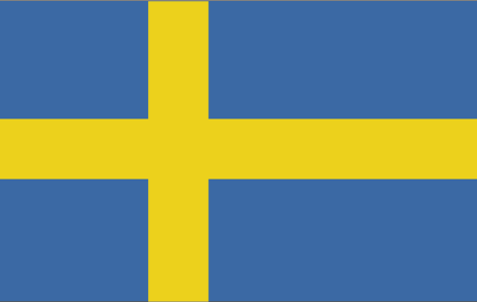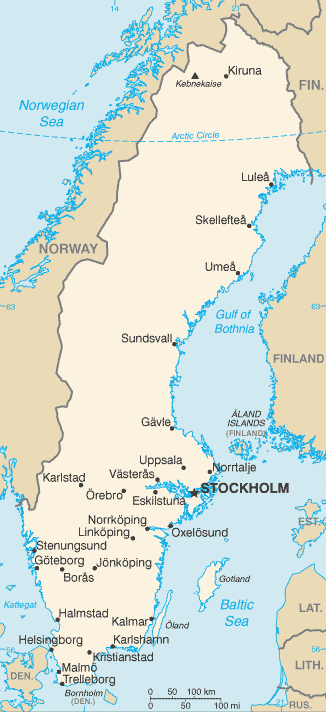Investing in Sweden


Aided by peace and neutrality for the whole of the 20th century, Sweden has achieved an enviable standard of living under a mixed system of high-tech capitalism and extensive welfare benefits. It has a modern distribution system, excellent internal and external communications, and a skilled labor force. In September 2003, Swedish voters turned down entry into the euro system concerned about the impact on the economy and sovereignty. Timber, hydropower, and iron ore constitute the resource base of an economy heavily oriented toward foreign trade. Privately owned firms account for about 90% of industrial output, of which the engineering sector accounts for 50% of output and exports. Agriculture accounts for little more than 1% of GDP and of employment. Until 2008, Sweden was in the midst of a sustained economic upswing, boosted by increased domestic demand and strong exports. This and robust finances offered the center-right government considerable scope to implement its reform program aimed at increasing employment, reducing welfare dependence, and streamlining the state's role in the economy. Despite strong finances and underlying fundamentals, the Swedish economy slid into recession in the third quarter of 2008 and growth continued downward in 2009 as deteriorating global conditions reduced export demand and consumption. Strong exports of commodities and a return to profitability by Sweden's banking sector drove the strong rebound in 2010.
Sveriges Riksbank - http://www.riksbank.se/
TOTAL Sweden - http://www.totalsweden.se/
Countries that border Sweden: Norway | Finland
Learn more:
Back to Country Investing



